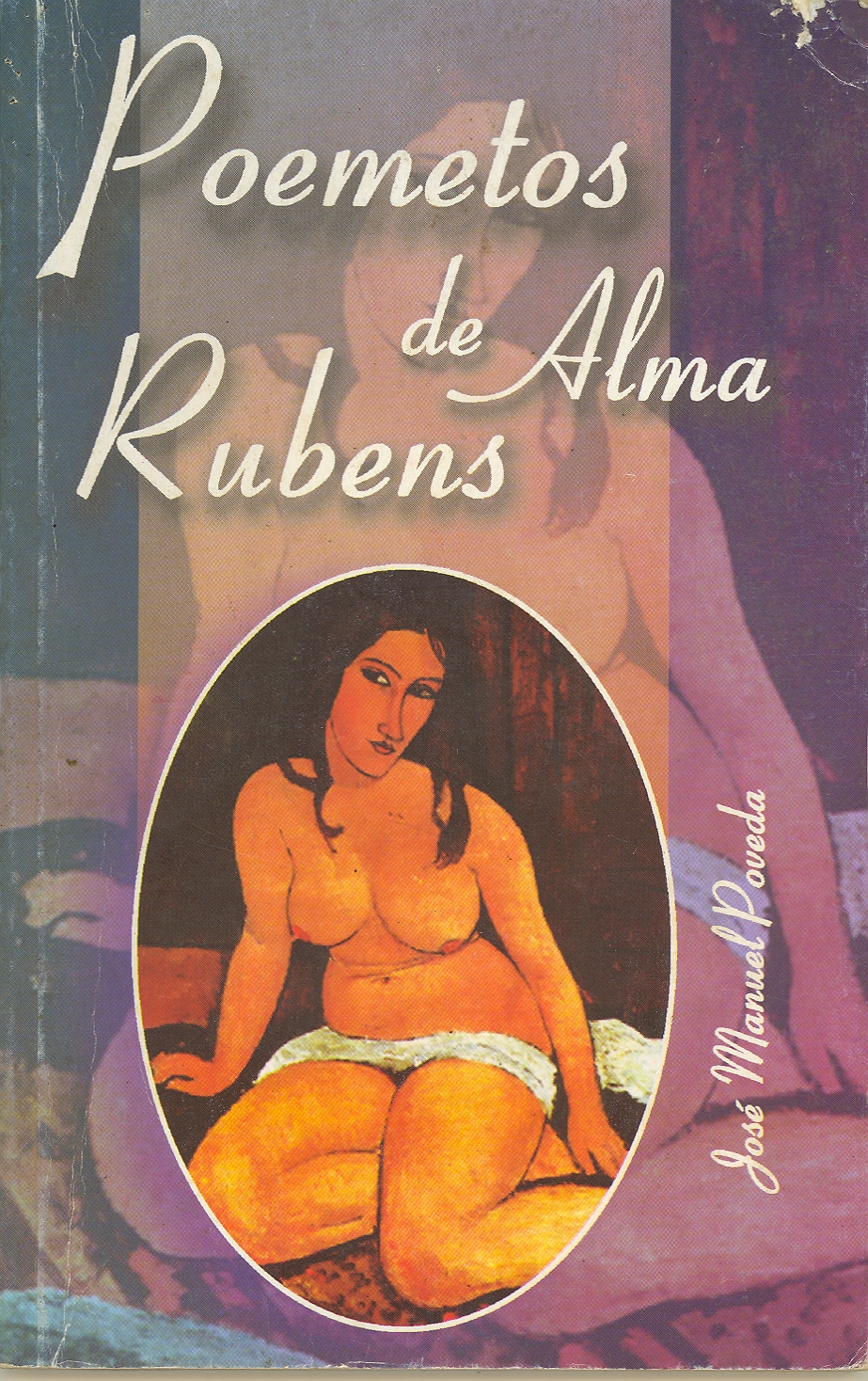4.1.1.6.2 Poems of Alma Rubens, by José Manuel Poveda (1888 – 1926)

The poemetos of Alma Rubens constitute a set of pieces that the poet published between 1912 and 1923, under which, more than a pseudonym, it constitutes a heteronym, since Poveda erected a whole series of fictitious life circumstances around the name of Alma Rubens, with the aim of breaking the prevailing poetic hindrance, not only from the formal point of view but also in terms of ideological postulates and backward collective sensibilities with respect to the place of women in society.
Although these texts were not published in poetry collection format during the author’s lifetime, the fact that they were written under the rubric of this heteronym and the thematic affinities shared by most of the texts undoubtedly merit their creation as an organic text, which Alberto Rocasolano undertook when he compiled and wrote a prologue to the verses under the title “Poemetos de Alma Rubens” in 2004.
In the words of Alberto Rocasolano, “No Cuban poet is more full of dreams and projects than José Manuel Poveda. The result and proof of this attitude is the emergence of Alma Rubens, a fascinating apocryphal character destined to scandalize, through poetry, the prudes of the time, especially in the cultural sphere; and to shake up the prevailing poetic paralysis.”
The series of poems begins, as already mentioned, in 1912 with the poem “Agua profunda y oculta” (Deep and Hidden Water) in “El Cubano Libre,” alongside which Poveda published a long note narrating the supposed life of Rubens and her literary endeavors. This poem was followed by several others in 1917, all of which are surprisingly contemporary, especially in their use of poetic prose. It is worth mentioning the poem “Deseo” (Desire), from 1919, as illustrative of Poveda’s vindication of female sexuality:
“I raised my arms above my head and twisted my fingers, and threw my head back: my eyes filled with sky, and it seemed to me that nothing remained of the earth but sky.
My soul was full of desire: I opened my mouth with desire, my breast swelled with desire, my insides were filled with desire.
It was like a strange jealousy that gripped my soul and flesh; as if, on the point of giving birth to a world, I grew impatient in the wait for an eternal and limitless lover.
And anxious and fearful, as if she knew she was going to die in his arms.”
This constitutes an attempt seemingly unprecedented in national poetry; the “travesty” of the lyrical speaker allows Poveda to explore other spaces of reality and poiesis and from there encourage renewal, which also involved the realm of social ideologies and aesthetic conceptions in use.
It is true that he did not fully achieve this goal, as in the Cuban social context, culture had not yet spread to all levels, nor was it yet conducive to radical transformations; but his attempt was still valid, and it is even significant that the magazine “Orígenes” highlights his legacy, even with the adoption of a poetic approach distinct from that of the preceding generation, nonetheless inheriting the innovative impulses of Poveda and Boti.








